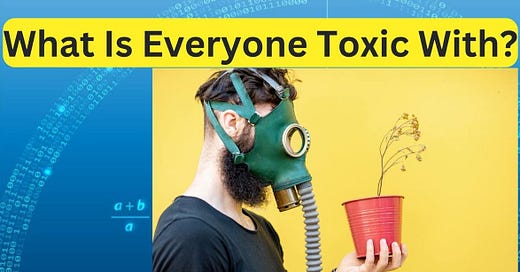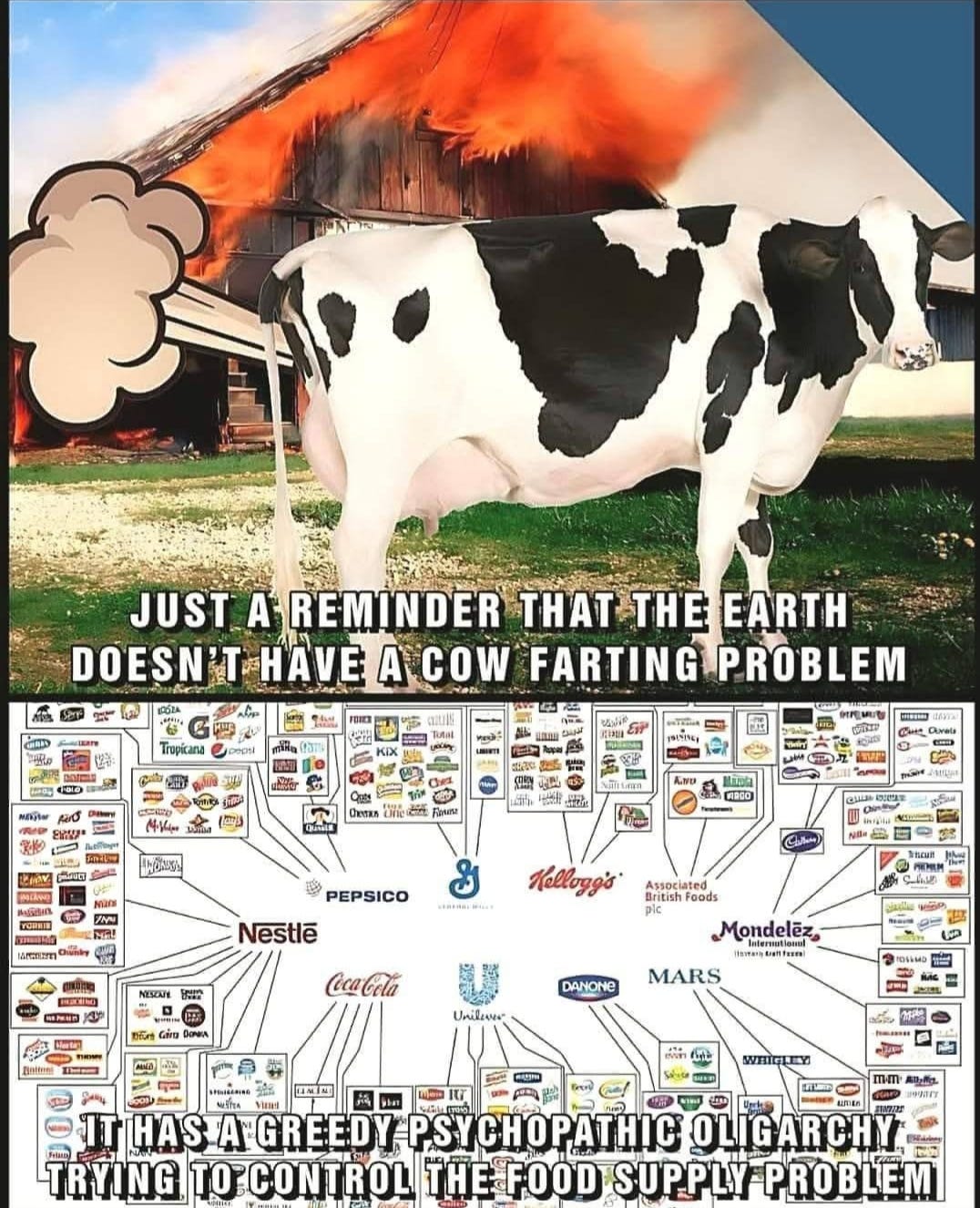In today’s fast-paced world, synthetic toxins are pretty much everywhere—whether we realize it or not.
These man-made chemicals, often by-products of industrial processes, are found in everything from household cleaners to food packaging. Sure, modern conveniences have made life easier in many ways, but they’ve also brought along a flood of synthetic toxins that could be impacting our health and the environment.
Let’s take a closer look at how modern-day by-products contribute to this issue and why being aware of them is so important.
What Are Synthetic Toxins and Where Do They Come From?
Synthetic toxins are chemicals that don’t naturally occur in the environment but have been created for industrial and consumer use. Unlike naturally occurring toxins found in plants or animals, these chemicals serve specific purposes, but they can also come with unintended side effects. They show up in all kinds of places, including:
Industrial chemicals used in manufacturing
Plastic production by-products
Pesticides and herbicides used on crops
Household and personal care products loaded with artificial preservatives and fragrances
As technology keeps advancing, we’re seeing more and more synthetic toxins in our daily lives, which makes it crucial to take a step back and think about their long-term effects.
Everyday Products That Introduce Synthetic Toxins Into Our Lives
You might be surprised at how many common household products are loaded with synthetic toxins. Here are some of the biggest culprits:
Plastics – Water bottles, food containers, and even clothing made from synthetic fibers can release chemicals like BPA and phthalates, which can mess with hormone levels.
Cosmetics and Cleaning Products – Many contain parabens, formaldehyde, and synthetic fragrances that our skin absorbs without us even realizing it.
Food Packaging – Ever wonder what’s in those food wrappers and canned goods? BPA and perfluorinated compounds (PFCs) can leach into our food and drinks.
Electronics – Devices like smartphones and laptops contain heavy metals like lead and cadmium, which can be toxic when disposed of improperly.
Over time, these modern-day by-products break down and release harmful synthetic toxins into the air, water, and soil—creating long-term environmental and health risks.
How Industrialization and Mass Production Play a Role
We can thank mass production for making things more affordable and accessible, but it has also led to a major increase in synthetic toxins. Some of the biggest contributing factors include:
The widespread use of synthetic chemicals in manufacturing
Toxic waste runoff that contaminates waterways and soil
High production levels leading to increased human exposure
Many industries still lack strict environmental safeguards, which means these synthetic toxins continue to pile up in our world at an alarming rate.
How Do Synthetic Toxins Affect Our Health?
There’s no shortage of studies linking synthetic toxins to a range of health problems. Here are just a few ways they can affect us:
Hormonal Disruptions – Chemicals like BPA and phthalates can interfere with the endocrine system, leading to reproductive and developmental issues.
Increased Cancer Risk – Carcinogens such as formaldehyde and benzene are lurking in many everyday products.
Neurological and Developmental Problems – Heavy metals in electronics and pesticides have been tied to cognitive impairments and other neurological disorders.
The Environmental Impact of Synthetic Toxins
It’s not just humans who suffer—synthetic toxins are taking a toll on the environment as well. Some of the biggest problems include:
Pollution in air, water, and soil – Toxic runoff and emissions contaminate natural ecosystems.
Harm to Wildlife – Many synthetic toxins accumulate in the food chain, affecting animals at every level.
Longevity of Modern-Day By-products – Some chemicals don’t break down easily and stick around in the environment for decades.
How Do These Toxins Build Up in Our Bodies?
We’re exposed to synthetic toxins through the air we breathe, the food we eat, and even the products we put on our skin. Over time, these chemicals build up in our bodies, leading to chronic health issues. Here are a few examples:
BPA from plastics can accumulate in fat tissues, potentially leading to metabolic problems.
Heavy metals like lead and mercury can settle in bones and the brain, affecting cognitive function.
Pesticide residues in food can slowly build up in the body, contributing to long-term toxicity.
Easy Ways to Reduce Exposure to Synthetic Toxins
Cutting down on synthetic toxins doesn’t have to be overwhelming. Here are some simple steps you can take:
Switch to natural personal care and cleaning products – Look for brands that use organic or non-toxic ingredients.
Use glass or stainless steel containers – Avoid plastics whenever possible, especially for food and drinks.
Eat whole, unprocessed foods – Many processed foods contain preservatives and additives that can add to your toxin load.
Support environmental regulations – Advocate for policies that promote transparency and safety in consumer products.
Innovations That Help Reduce Synthetic Toxins
Thankfully, scientists and eco-conscious companies are coming up with solutions to help minimize our exposure to synthetic toxins. Some exciting advancements include:
Biodegradable alternatives to plastic – Compostable packaging and plant-based materials are gaining traction.
Chemical-free farming practices – More farmers are moving toward organic and sustainable agriculture.
Eco-friendly building materials – Safer alternatives for home construction and furniture are becoming more widely available.
These innovations offer hope that we can reduce our exposure to synthetic toxins and create a healthier world for future generations.
Wrapping It Up
While modern conveniences have certainly made life easier, they’ve also introduced a flood of synthetic toxins and modern-day by-products that impact both our health and the environment. By understanding where these toxins come from and how they affect us, we can make better choices to limit our exposure. Every small step makes a difference.
References
National Institute of Environmental Health Sciences - Endocrine Disruptors: https://www.niehs.nih.gov/health/topics/agents/endocrine/index.cfm
Environmental Protection Agency (EPA) - Toxics Release Inventory: https://www.epa.gov/toxics-release-inventory-tri-program
World Health Organization (WHO) - Health Risks of Environmental Pollutants: https://www.who.int/news-room/fact-sheets/detail/environmental-pollutants
Scientific American - The Hidden Chemicals in Everyday Products: https://www.scientificamerican.com/article/hidden-chemicals-everyday-products/
Previous Articles;









